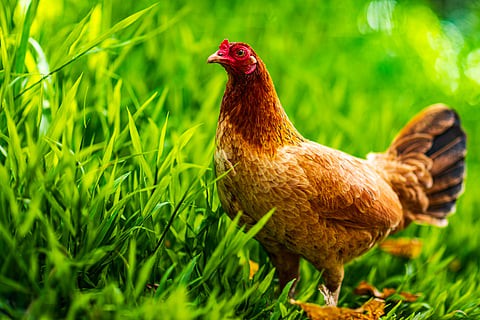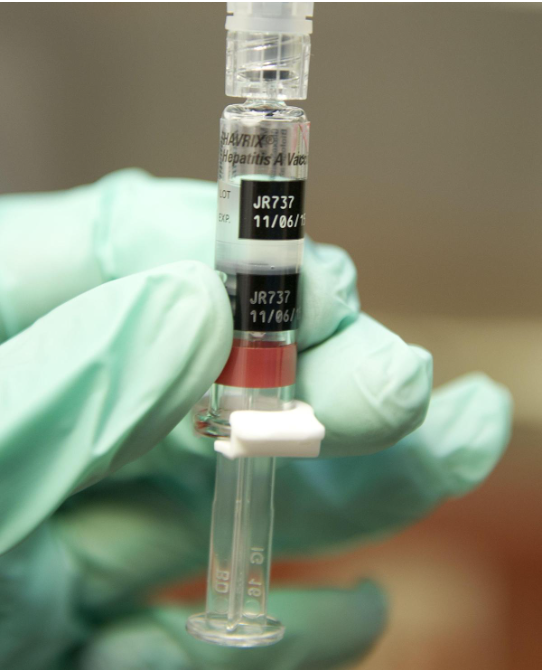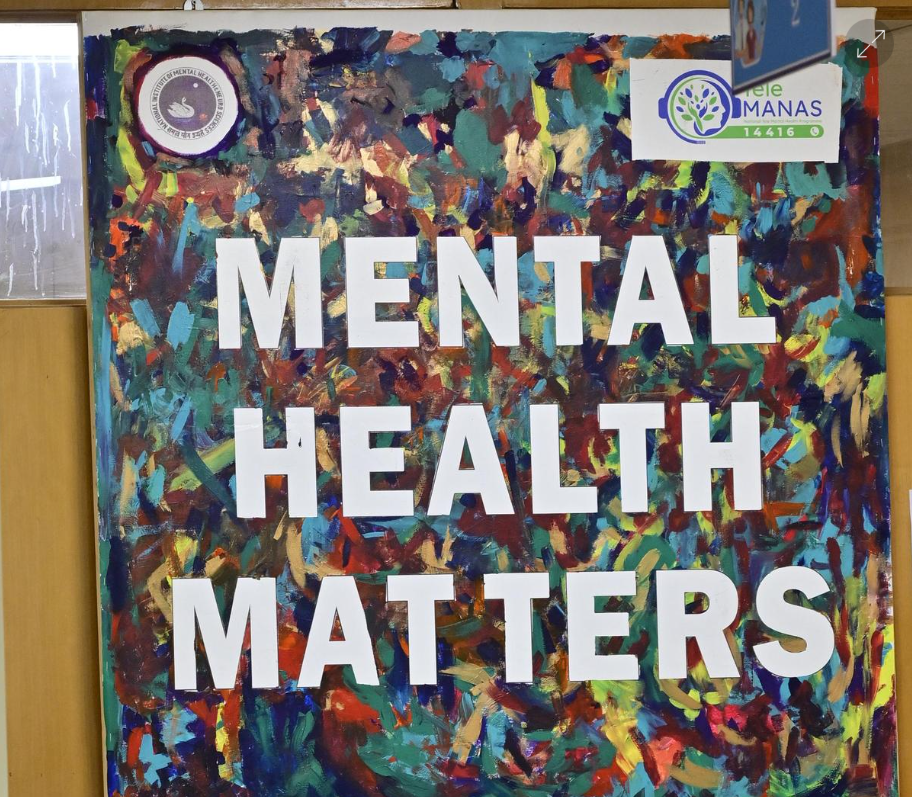





Copyright infringement not intended
Picture Courtesy: medium.com
Context: According to the World Health Organisation (WHO), Zambia is facing a severe anthrax outbreak that affects both humans and animals.
|
Zambia ●Zambia is a landlocked country in south-central Africa, bordered by eight other countries (Angola, Botswana, Democratic Republic of Congo, Malawi, Mozambique, Namibia, Tanzania, and Zimbabwe). ●It is one of the world's largest producers of copper and cobalt, which are important for the global electronics industry. It also exports maize, tobacco, sugar, cotton and flowers. ●The official language is English, but there are over 70 local languages spoken across the country. The most widely spoken are Bemba, Nyanja, Tonga and Lozi. ●The main tribes are the Lozi, the Bemba, the Ngoni, the Tonga, the Luvale, and the Kaonde.
|
About Anthrax
Modes of Transmission in Humans

Diagnosis
Treatment
Prevention
Conclusion
|
PRACTICE QUESTION Q. Case Study Sarah, a 32-year-old veterinarian, was examining a herd of cattle on a farm. She noticed a few animals exhibiting symptoms of a mysterious illness. Days later, Sarah developed a skin lesion on her arm after handling one of the sick cows. She experienced fever and muscle aches along with the lesion. Concerned about her condition, Sarah sought medical attention. Q. What is the most probable mode of transmission for Sarah's infection? A) Consuming contaminated meat B) Inhaling anthrax spores C) Contact with infected skin or fur D) Through contaminated water Answer: C Explanation: Sarah likely contracted anthrax by handling the infected cattle or their products, leading to the development of the skin lesion. |






© 2025 iasgyan. All right reserved